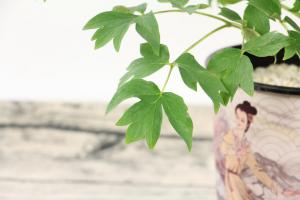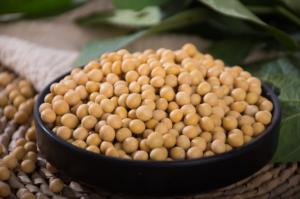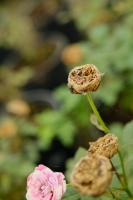A Bleeding Heart Plant
The Bleeding Heart plant is a beautiful flowering perennial that is native to Asia and North America. It belongs to the Papaveraceae family and is scientifically known as Dicentra spectabilis. The plant gets its name from its beautiful heart-shaped flowers which look like they are bleeding when they bloom. The bleeding heart plant is a popular choice for gardeners and homeowners who want to add some color and charm to their landscapes and gardens.
The Appearance of a Bleeding Heart Plant
The bleeding heart plant grows to be about 2 to 3 feet tall and can have a spread of up to 2 to 3 feet. Its leaves are lobed and look like ferns, and they grow on stems that rise up from the ground. The flowers of the bleeding heart plant are pink or white in color and dangle from the stems on long, arching branches. The blossoms are heart-shaped and have a tear-like droplet at the bottom, giving the plant its unique appearance. The plant blooms in the spring and can continue flowering into the early summer months.
Planting and Caring for a Bleeding Heart Plant
The bleeding heart plant thrives in partial to full shade and needs well-draining soil that is rich in organic matter. It prefers slightly acidic soil, with a pH level between 6.0 and 7.0. The plant requires regular watering, but it is important to avoid overwatering, as this can lead to root rot. The bleeding heart plant is a hardy plant that can tolerate cold temperatures, but it is best to mulch the plant in the winter to protect it from freezing.
Uses and Benefits of a Bleeding Heart Plant
The bleeding heart plant is mainly used for its decorative and ornamental purposes. It is a popular choice for gardens and landscapes, and its beautiful pink or white flowers can add a splash of color to any outdoor space. The plant is also believed to have some medicinal properties, although more research is needed in this area. Some people use the plant to treat certain conditions like heart problems, menstrual cramps, and rheumatism.
In Conclusion
The bleeding heart plant is a beautiful and unique plant that can add some charm and color to any garden or landscape. It is easy to care for and can tolerate cold temperatures, making it an ideal choice for gardeners in temperate climates. Whether you are a seasoned gardener or a beginner, the bleeding heart plant is definitely worth considering for your next planting project.

 how many times do yo...
how many times do yo... how many planted tre...
how many planted tre... how many pine trees ...
how many pine trees ... how many pecan trees...
how many pecan trees... how many plants comp...
how many plants comp... how many plants can ...
how many plants can ... how many plants and ...
how many plants and ... how many pepper plan...
how many pepper plan...































